The 44 Percent: Paris in retrospect, Levine Cava interview & Ruby Bridges
- Oops!Something went wrong.Please try again later.
- Oops!Something went wrong.Please try again later.
“I’ve been to Paris at least two times/ I’ve seen the Eiffel, I’ve seen a eyeful” - JAY-Z, “Caught Their Eyes”
I see why James Baldwin sought refuge in Paris.
There was a level of freedom there that I had truly never experienced. I only saw police around the big attractions (Eiffel Tower, the Louvre, etc.). I wasn’t worried about being randomly shot in a club. Even my wardrobe malfunction at a high-end restaurant (I chose to wear a heavy sweater at the wrong time) that left me wearing just a sleeveless undershirt at the dinner table wasn’t as big of a deal as I thought. If anything, the DJ saw me borderline shirtless and started playing even more American hip-hop to hype up our table.
Not to say France is perfect: I saw firsthand the reaction to a law that raised the retirement age from 62 to 64. Trash bags piled up on the street. Protests blocking foot traffic. Delayed trains. In the midst of one of the best vacations I’ve ever had, these acts of resistance were a sobering reminder that the struggle knows no geographical borders. It’s worldwide.

So what does this have to do with America? Well, for starters, it puts American nationalism in full context. The purported best country in the world doesn’t seem all that grand when you travel. It also makes some of the more unfortunate aspects of the American experiment – the lack of gun control, attempts to whitewash history, anti-trans laws, etc. – appear like concerted efforts to distract us. The cost of living is rising dramatically. We rank last in healthcare among high-income countries.
Still, for some reason I can’t explain, I love America – even if she often doesn’t love me back. This is my home. I have enslaved ancestors buried throughout Mississippi and North Carolina. They could never imagine that I would one day be employed by a major newspaper. This, in the wise words of Baldwin, is why “I insist on the right to criticize her perpetually.”
INSIDE THE 305
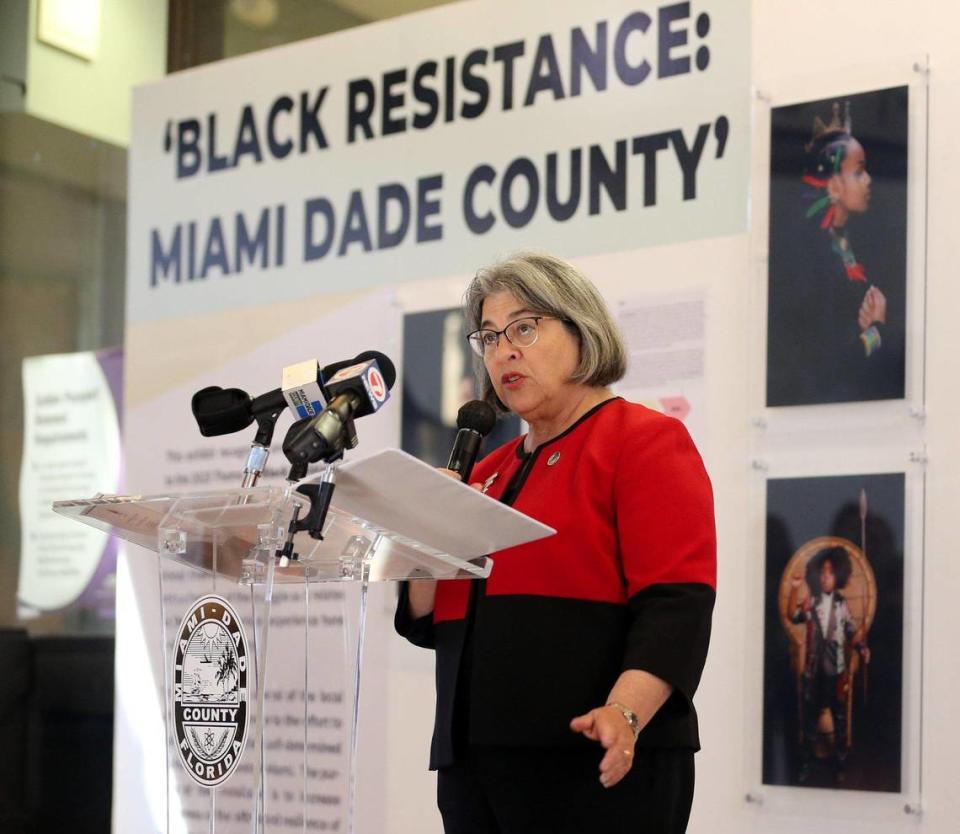
Levine Cava needs Miami-Dade’s Black vote to get reelected. But has she delivered?
I sat down with County Mayor Daniella Levine Cava a few weeks back to chat about her Promises Kept and Progress Made to Black Miami-Dade report.
The result was a riveting conversation that touched on two main issues: policing and housing. Definitely be sure to check it out!
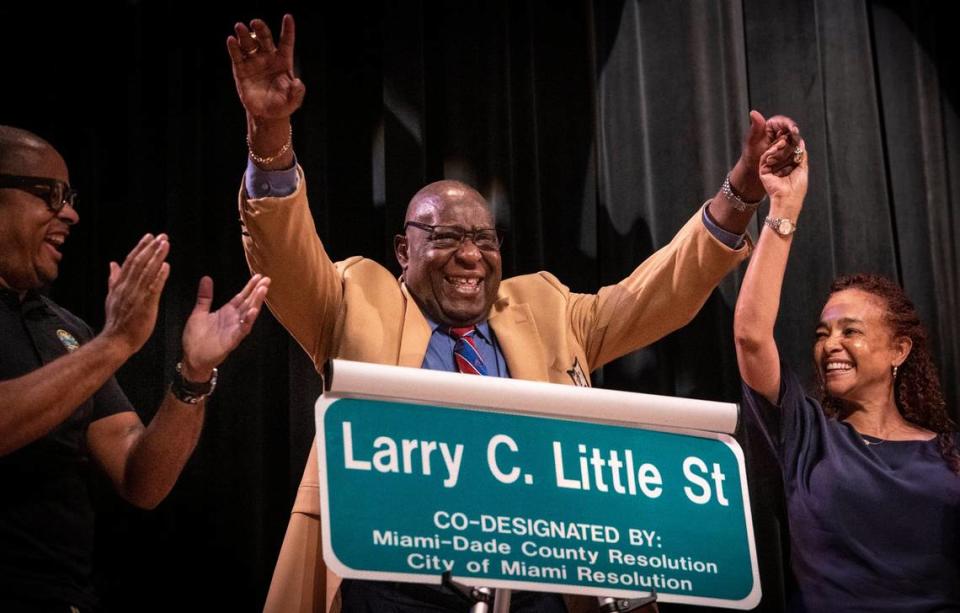
Larry Little now has a street named for him. And I am so proud of my longtime friend:
Northwest 11th Terrace, from Northwest Sixth Avenue to Northwest First Avenue, now bears a new name: Larry C. Little Street.
Little is a Florida legend: from his days on the gridiron playing for Booker T. Washington Junior/Senior High School to his starting role on the 1972 Miami Dolphins team (still the only undefeated squad in modern NFL history) to his Pro Football Hall of Fame induction to his work at Miami Edison High School and the Miami-Dade County Public School System.
At the age of 77, Little’s recognition is long overdue. And despite the numerous All-Pro selections, the countless hall-of-fame inductions and other recognitions, the street renaming in front of the very field where his dreams of playing professional football began to take shape “ranks among the top,” Little told his longtime friend and columnist Bea L. Hines.
“I have had lots of honors and recognitions throughout my career,” he said. “But this is one of the biggest honors I have ever had.”
OUTSIDE THE 305
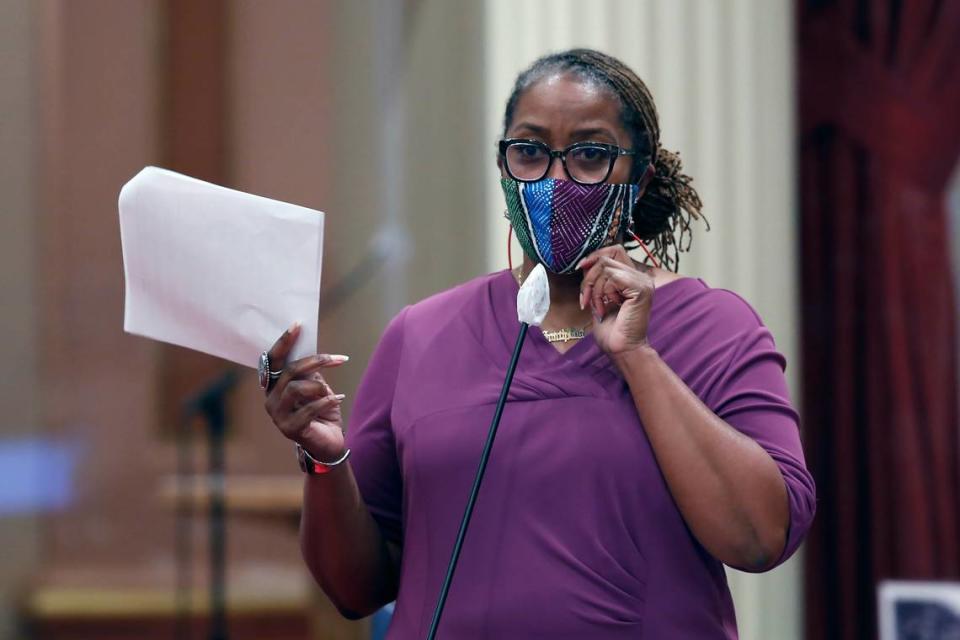
California reparations update:
$800 billion.
That’s how much economists estimate Black California residents are owed “for decades of over-policing, disproportionate incarceration and housing discrimination,” according to the Associated Press. And while the decision on how much to compensate the residents will be left up to politicians, the number illustrates just how much Black Americans have been left out of the capitalistic process.
“All forms of discrimination should be considered in reparations,” Thomas Craemer, a public policy professor at the University of Connecticut, told the panel Wednesday. “The task force should feel free to go beyond our loss estimates, and determine what the right amount would be.”
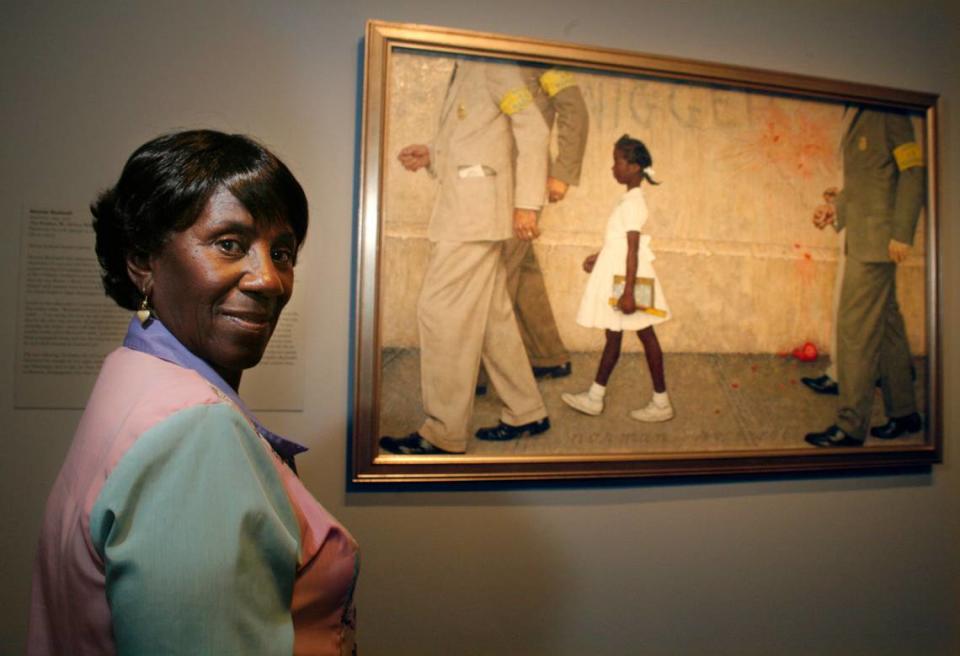
Florida School bans Disney Movie about Ruby Bridges:
Florida’s descent into madness continues.
This time, we have a movie about Ruby Bridges, a Black first grader who endured the closest thing to hell as she integrated a school, being banned by an elementary school in St. Petersburg, Fla. over a parent’s concern that it “might teach children that white people hate Black people,” according to the New York Times’ Charles Blow.
Blow decided to review the film himself and his conclusion, as you might expect, was not at all shocking.
The movie is what you’d expect: a lamentable story about a deplorable chapter in our history, earnestly told, with some of the sharpest edges blunted, making it easier for children to absorb.
But in Florida, the point isn’t the protection of children but the deceiving of them. It’s to fight so-called woke indoctrination with a historical whitewash.
And the state has given individual parents extraordinary authority as foot soldiers in this campaign: In this case, a single objecting parent is apparently enough to have a lesson about our very recent history questioned or even banned. Remember: Bridges isn’t some ancient figure in a dusty textbook, she’s alive and well today. She’s 12 years younger than my own mother.
HIGH CULTURE
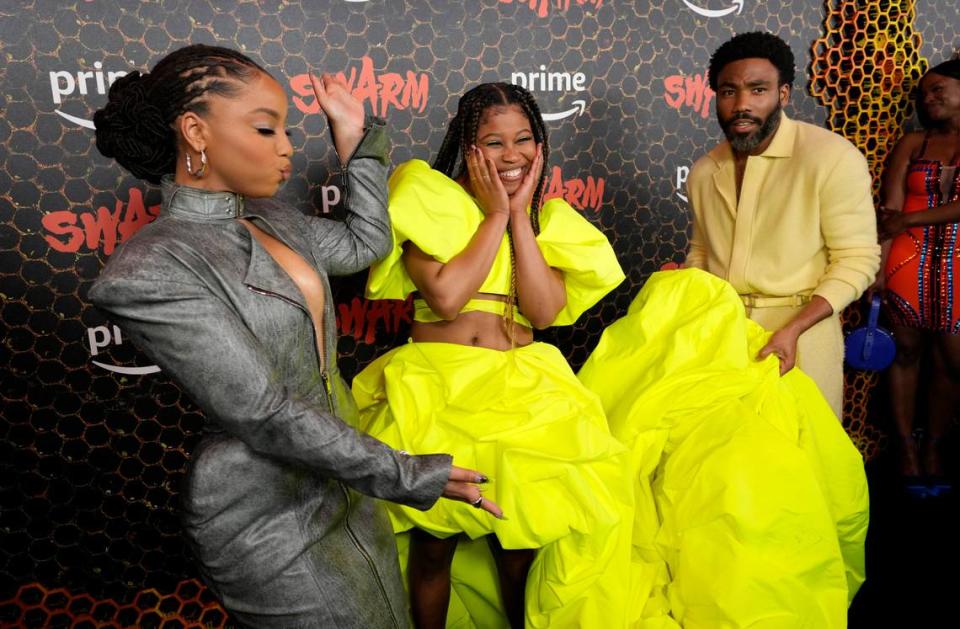
Do yourself a favor and watch “Swarm”:
I know I’ve been out of the loop for a bit but if you haven’t gotten a chance to check out “Swarm,” please do so expeditiously. The latest offering from the mind of Donald Glover, “Swarm” explores some of the extremity of Stan culture. And in Marcus Shorter’s recent andscape piece, one scene in particular makes a very prescient point about society’s growing infatuation with celebrities:
The same parasocial dynamics the series explores revealed themselves across social media, possibly making the point even better than the creators ever imagined.
Social media gives us unprecedented access to celebrities, and, like Swarm‘s lead character, Dre (Dominique Fishback), some of us believe we know our favorite performers intimately. Dre’s affection for Swarm‘s Beyoncé stand-in takes that idea to a dark and disturbing extreme. The other side of that coin is obsessing over someone enough to create a fictional version of a real person and feeling disappointed when reality clashes with make-believe.
Where does “The 44 Percent” name come from? Click here to find out how Miami history influenced the newsletter’s title.
